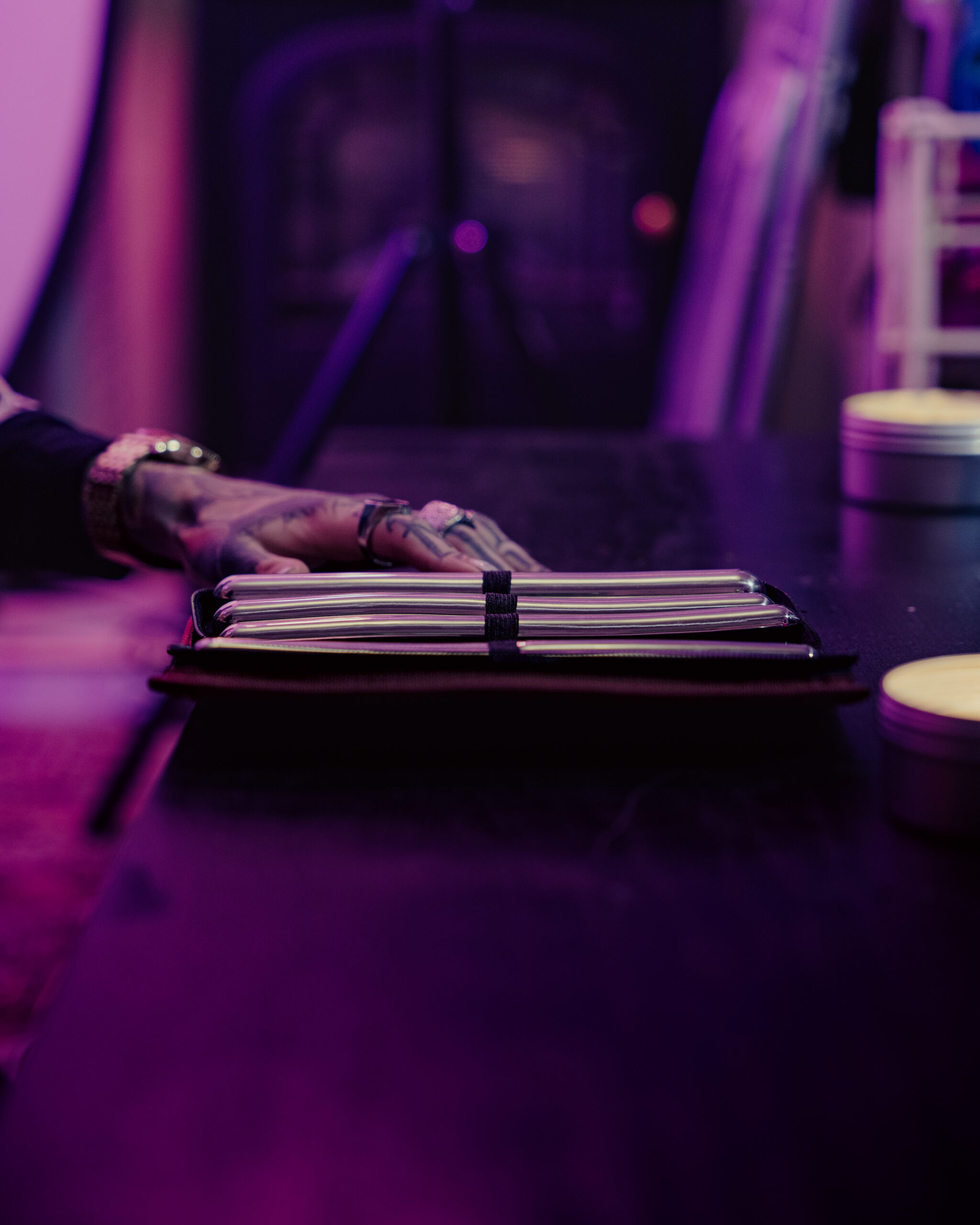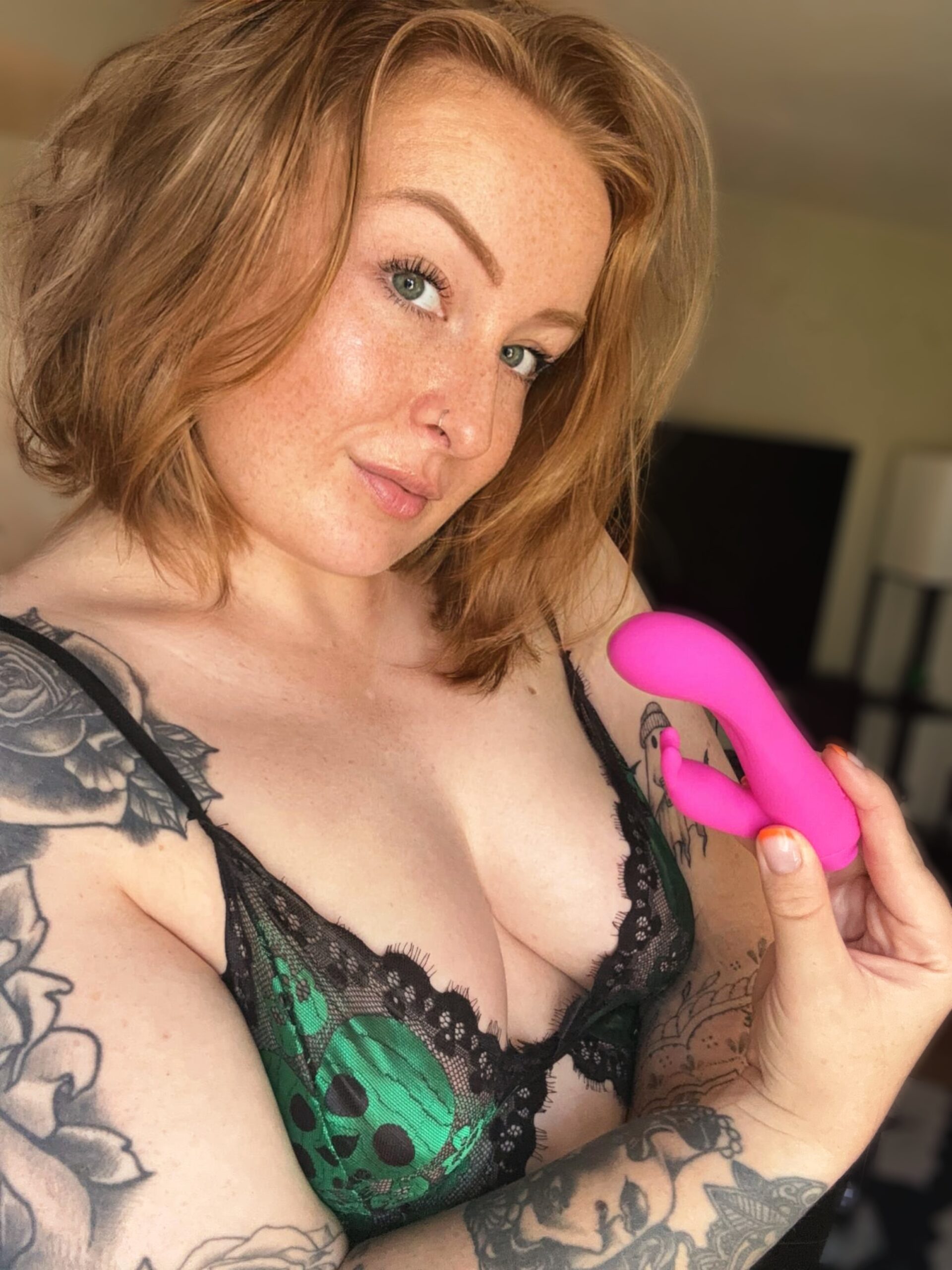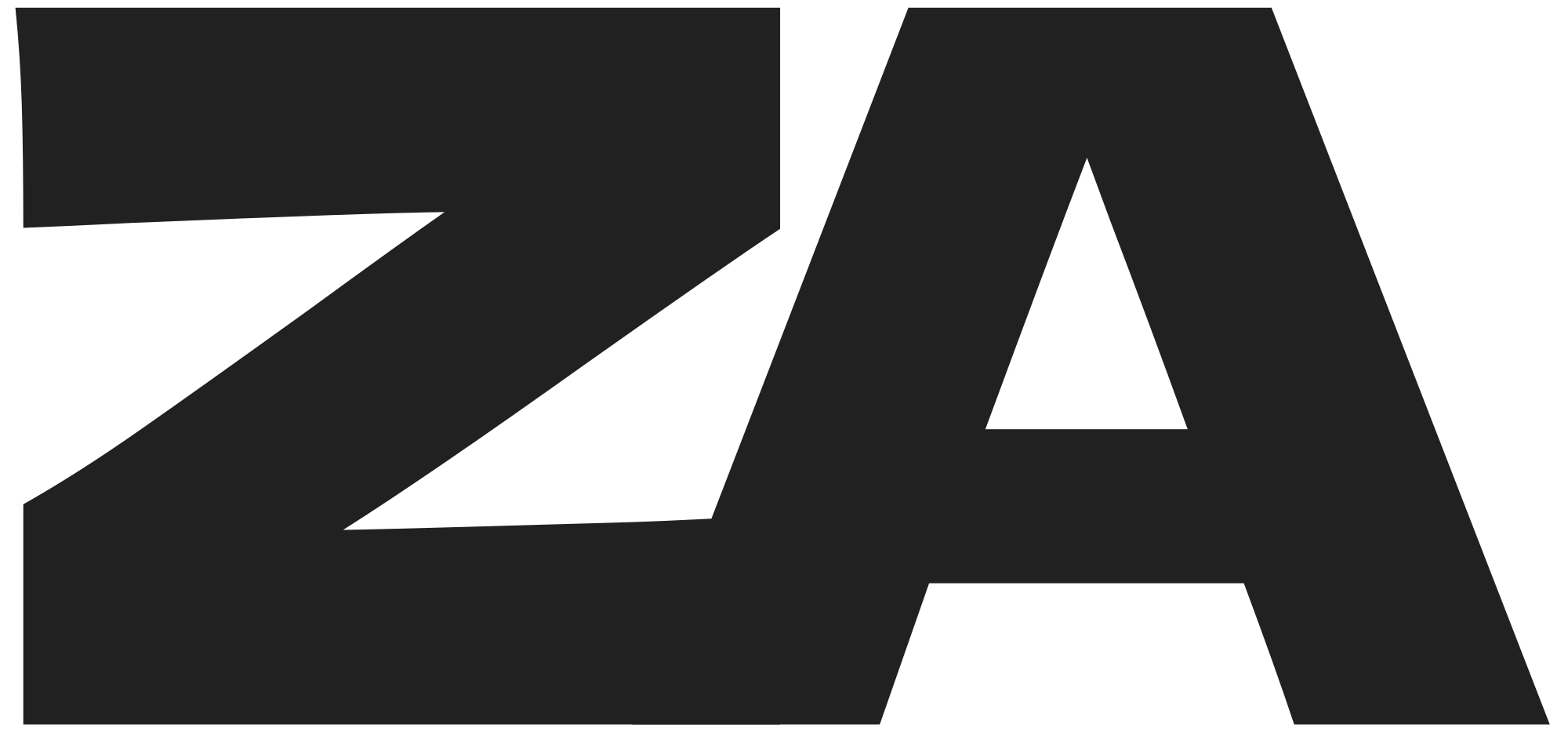Shifting Perceptions
Bisexuality has long been a marginalized sexuality, often shrouded in secrecy and misunderstanding. Societal perceptions have historically painted bisexual individuals as confused or “on a journey” to discover their true sexual orientation. This internalization of prejudice has led many bisexual people to keep their identity hidden, living double lives and suppressing their authentic selves.
However, recent years have witnessed a significant shift in attitudes towards bisexuality. Increased visibility in media, the rise of LGBTQ+ activism, and growing awareness about sexual fluidity are contributing factors to this change. The internet has also played a crucial role by providing safe spaces for bisexual individuals to connect, share experiences, and find support.
This evolving landscape is impacting modern dating culture in profound ways. Bisexual people are no longer as hesitant to disclose their identities upfront, seeking partners who embrace their multifaceted sexuality. The rise of apps and websites dedicated to LGBTQ+ individuals has provided a platform for open and honest exploration of bisexual relationships.
The shift from “closet” to “confident” is also transforming the way society understands bisexuality. Labels are becoming less rigid, with many individuals embracing a more fluid approach to their sexuality. This fluidity challenges traditional binary notions of gender and sexuality, paving the way for a more inclusive and accepting future.
However, it’s important to acknowledge that progress is not linear. Bi-erasure, discrimination, and societal pressures still exist. Bisexual individuals may face unique challenges in navigating dating culture, such as biphobia, assumptions about their sexual preferences, and a lack of understanding from potential partners.
Moving forward, open communication, education, and empathy are essential to fostering a truly inclusive dating environment for bisexual individuals. Challenging stereotypes, promoting visibility, and celebrating the diversity within the LGBTQ+ community will contribute to creating a world where all sexualities are respected and valued.
Shifting perceptions around bisexuality have profoundly impacted its representation in popular culture. For decades, bisexual individuals were often portrayed as confused, indecisive, or merely “experimenting” with same-sex attraction. These stereotypes perpetuated harmful misconceptions and contributed to the erasure of bisexual identities.
However, recent years have witnessed a significant shift towards greater visibility and authenticity in the representation of bisexuality. This evolution can be attributed to several factors, including increased activism within the LGBTQ+ community, growing awareness of the complexities of sexual orientation, and changing societal attitudes towards gender and sexuality.
Modern popular culture increasingly features bisexual characters who are complex, well-rounded individuals with diverse experiences and motivations. These characters challenge outdated stereotypes and contribute to a more nuanced understanding of bisexuality.
Television shows like “Sex Education,” “The Umbrella Academy,” and “Heartstopper” have garnered praise for their honest and inclusive portrayals of bisexual characters. Films such as “Moonlight” and “Portrait of a Lady on Fire” explore the intricacies of desire and identity in ways that resonate with bisexual audiences.
This shift in representation has had a tangible impact on modern dating culture. Bisexuality is no longer viewed as taboo or scandalous, and bisexual individuals are increasingly open about their identities both online and offline.
Dating apps have become more inclusive, allowing users to identify as bisexual and connect with others who share similar orientations. This has fostered a sense of community and support for bisexual daters.
While progress has been made, challenges remain. Bi erasure, the tendency to overlook or minimize bisexuality, persists in some circles. Bi people often face skepticism and pressure to choose one gender over another.

Continued efforts are needed to raise awareness about bi-specific issues and combat harmful stereotypes. It is essential to create spaces where bisexual individuals feel safe, accepted, and celebrated for the entirety of their identities.
Bisexuality, once a whispered secret or a phase dismissed with cynicism, is steadily gaining visibility in contemporary dating culture. This shift in perception is dismantling the historical erasure and prejudice surrounding bisexuality, paving the way for a more inclusive and accepting landscape.
One significant factor contributing to this change is increased representation of bisexual individuals in media and popular culture. From television shows like “Sex Education” and “The Umbrella Academy” to films like “Love, Simon” and “Portrait of a Lady on Fire,” bisexual characters are no longer relegated to stereotypes or token portrayals.
This authentic representation is crucial because it normalizes bisexuality for younger generations. Growing up seeing diverse sexualities reflected in their entertainment helps dismantle the idea that bisexuality is deviant, confusing, or temporary.
Social media platforms have also played a vital role in amplifying bisexual voices and fostering a sense of community. Online spaces provide safe havens for individuals to explore their identity, connect with others who share similar experiences, and challenge societal norms.
Online dating apps, once dominated by the binary “gay” or “straight” options, are increasingly recognizing the spectrum of sexual orientations. This allows bisexual individuals to find partners who align with their desires without having to conform to rigid labels.
However, despite these strides, bi-erasure persists in various forms. Some people still assume that bisexuality is a stepping stone to homosexuality or heterosexuality, invalidating the experiences and identities of bisexual individuals.
Others may minimize or dismiss bisexuality as “confused” or “not real,” perpetuating harmful stereotypes and contributing to feelings of isolation and invalidation.

It’s important to recognize that bi-erasure takes many forms:
-
Assuming a bisexual person is only attracted to one gender.
-
Telling bisexual people they “just haven’t met the right person” of their assumed primary attraction.
-
Treating bisexuality as a phase or something that can be “outgrown.”
-
Ignoring the unique experiences and challenges faced by bisexual individuals.
Combatting bi-erasure requires a multi-faceted approach:
-
Education is paramount. Raising awareness about bisexuality, dispelling myths, and fostering understanding of its complexities is essential.
-
Representation matters. Encouraging authentic portrayals of bisexual characters in media, literature, and other forms of art can normalize their experiences and contribute to societal acceptance.
-
Creating safe and inclusive spaces for bisexual individuals to express themselves freely and connect with others is crucial.
-
Challenging biphobic language and attitudes whenever they arise helps create a more respectful and equitable environment for everyone.
The journey towards full acceptance of bisexuality is ongoing. By challenging stereotypes, promoting understanding, and celebrating the diversity of human experience, we can create a world where everyone feels seen, heard, and valued, regardless of their sexual orientation.
Navigating Modern Dating
Navigating modern dating, especially for those identifying as bisexual**, can be a complex and multifaceted journey. The rise of online dating platforms has undoubtedly revolutionized how people connect, offering unprecedented opportunities to meet potential partners with shared interests and values. However, this digital landscape also presents unique challenges and considerations for bi individuals.
One prominent issue is the prevalence of **biphobia** within dating apps and society at large. Bi people often face skepticism, dismissal, or even hostility from those who struggle to understand or accept bisexuality as a valid sexual orientation. This can manifest in subtle ways, such as being stereotyped or judged for supposedly being “confused” or “just going through a phase.”
Furthermore, the pressure to choose a primary orientation can be intense on dating apps where users are often categorized as **”straight,” “gay,”** or **”bisexual.”** This binary system fails to capture the fluidity and complexity of many individuals’ sexualities. For bi people, this forced categorization can feel limiting and inaccurate, leading to feelings of invisibility or erasure.
Additionally, *communication* is paramount when navigating dating as a bi individual. Openly expressing one’s attractions and desires early on can help establish clear expectations and avoid misunderstandings later on. Being upfront about what one is looking for (casual dating, serious relationship) and addressing potential concerns or insecurities can create a more honest and respectful dynamic.
While the challenges are real, there are also positive aspects to modern dating as a bi person. The internet provides access to a wider pool of potential partners who may be open-minded and accepting. Online communities dedicated to bi individuals offer support, shared experiences, and a sense of belonging.
Ultimately, navigating modern dating as a bi individual requires self-awareness, honesty, and resilience. It’s about embracing one’s authentic identity, communicating openly, and finding partners who value and respect that authenticity.
Navigating modern dating can feel like traversing a labyrinthine landscape, particularly for those identifying as bisexual. A shift in societal acceptance has brought greater visibility to bisexuality, but it hasn’t eradicated the complexities inherent in this identity within the context of romantic and sexual pursuits.
One of the biggest challenges bisexual individuals face is combating the misconceptions and stereotypes that often surround their sexuality. The “bi-curious” label, for example, trivializes genuine attraction to multiple genders and can lead to pressure from both sides of the spectrum – a desire for validation within the LGBTQ+ community while also facing heteronormative expectations.
Furthermore, societal narratives often present bisexuality as a phase or a stepping stone to homosexuality or heterosexuality. This “either/or” mentality ignores the fluidity and complexity of human sexuality, creating a pressure to choose sides and conform to rigid expectations. It can also lead to internal conflict and questioning one’s own identity.
Dating apps have undoubtedly revolutionized how people connect, but they also present unique challenges for bisexual individuals. The gender filter options on many platforms can limit opportunities to connect with individuals outside of predetermined categories, reinforcing the binary view of sexuality that bisexuality challenges.
Building a supportive community is crucial for navigating these complexities. Connecting with other bisexual individuals provides a space for shared experiences, validation, and understanding. Online forums, LGBTQ+ centers, and social groups offer platforms for building relationships and finding allies who can empathize with the unique challenges faced by bisexual people.
It’s essential to prioritize self-discovery and acceptance throughout the dating journey. Embracing one’s identity as a bisexual individual empowers individuals to communicate their desires and needs honestly and authentically. Building confidence in oneself and knowing what one is looking for in a partner can lead to more fulfilling and genuine connections.
Ultimately, navigating modern dating as a bisexual person requires resilience, self-awareness, and a strong sense of community. By challenging societal norms, embracing fluidity, and surrounding oneself with supportive individuals, bisexual people can create meaningful connections that celebrate their authentic selves.
Navigating modern dating as a bisexual individual presents unique challenges and rewards. With societal attitudes evolving, the lines between traditional binary relationships are blurring, creating a dynamic landscape where fluidity and self-expression are increasingly embraced.
Here are some key considerations for bisexual individuals navigating the complexities of modern dating:
- Understanding Bisexuality: It’s crucial to have a clear understanding of one’s own identity. Bisexuality encompasses attraction to two or more genders, and this can manifest in diverse ways. Recognizing personal boundaries, preferences, and desires is essential for authentic self-expression.
- Communicating Openly and Honestly:
Transparency about sexual orientation from the outset is vital. Being upfront about bisexuality allows potential partners to understand your identity and navigate expectations accordingly. - Navigating Bi Erasure: Bisexual individuals may encounter bias, misconceptions, or a tendency to be “eroticized” rather than seen as authentically attracted to multiple genders. Addressing this erasure head-on by educating others and advocating for inclusivity is essential.
- Exploring Different Relationship Models: Modern dating offers various relationship structures beyond the traditional monogamous model. Bisexual individuals may explore polyamory, open relationships, or ethical non-monogamy, seeking arrangements that align with their values and desires.
- Finding Supportive Communities:
Connecting with other bisexual individuals through online forums, support groups, or social organizations provides a sense of belonging, shared experiences, and valuable advice. - Prioritizing Mental Health: Dating can be emotionally challenging for anyone, but bisexual individuals may face additional stressors related to identity acceptance and societal pressures. Prioritizing self-care, seeking therapy if needed, and building a strong support system are crucial.
Ultimately, navigating modern dating as a bisexual individual requires authenticity, open communication, and a commitment to challenging societal norms. By embracing fluidity, advocating for inclusivity, and prioritizing personal well-being, bisexual individuals can create fulfilling and meaningful connections in a world that is increasingly recognizing the beauty of diverse identities.
The Future of Bisexuality
The future of bisexuality looks bright, with increasing visibility and acceptance shaping a more inclusive world. This shift is driven by several factors, including changing social attitudes, increased representation in media and popular culture, and the growing confidence of bisexual individuals to embrace their identities.
One key trend is the blurring of lines between sexual orientations. Modern dating is less about rigid categories and more about exploring individual connections and desires. This fluidity aligns well with the bisexual experience, where attraction can extend to multiple genders. The rise of “pansexuality” reflects this evolving understanding of sexuality, encompassing attraction beyond traditional binaries.
Increased representation in media plays a crucial role in shaping societal perceptions. Seeing bisexual characters portrayed authentically and positively in films, television shows, and literature normalizes their existence and challenges harmful stereotypes. This visibility helps break down misconceptions and fosters empathy among viewers.
Social media has also been instrumental in creating safe spaces for bisexual individuals to connect, share experiences, and find support. Online communities provide a sense of belonging and empower people to express their identities without fear of judgment. This online activism also amplifies bisexual voices and brings attention to issues they face.
Despite progress, challenges remain. Bisexual erasure, the invisibility or dismissal of bisexuality by society and even within the LGBTQ+ community, is a persistent issue. Bi-phobia, prejudice against bisexual individuals, can manifest in various forms, including discrimination and societal pressure to conform to heterosexual norms.
Combating these challenges requires continued advocacy and education. It’s crucial to raise awareness about bisexuality, challenge stereotypes, and create inclusive environments where all individuals feel respected and valued. The future of bisexuality hinges on fostering understanding, acceptance, and a world where everyone can live authentically and proudly.
The future of bisexuality appears vibrant and multifaceted, propelled by a confluence of social shifts, evolving understandings of sexuality, and increasing visibility.
One key trend is the **erosion of rigid binary definitions**. As society embraces fluidity and spectrum thinking, traditional notions of “gay” or “straight” are losing their absolutes. Bisexuality, inherently fluid in its embrace of attraction to more than one gender, naturally aligns with this evolving paradigm.
This shift is reflected in **language and identity**. Terms like pansexuality and queer encompass a broader spectrum of attractions, often overlapping with bisexuality. Individuals are reclaiming their experiences and finding labels that resonate more authentically with their lived realities.
The rise of ***online dating*** has also played a pivotal role in shaping the future of bisexuality. Online platforms offer increased visibility and opportunities for connection, transcending geographical limitations and allowing individuals to explore their identities freely.
However, challenges remain. **Biphobia**, prejudice against bisexual individuals, persists both within and outside the LGBTQ+ community. This can manifest as invalidation, erasure of experiences, and pressure to choose a singular sexual identity.
Combating biphobia requires ongoing education, open dialogues, and fostering inclusive spaces. It necessitates recognizing and respecting the validity of bisexual identities and dismantling harmful stereotypes.
The future of bisexuality is intrinsically linked to the broader movement for **sexual liberation** and acceptance. As society continues to evolve towards greater inclusivity and understanding, bi individuals will undoubtedly play a vital role in shaping these conversations and paving the way for a more equitable future.
The future of bisexuality looks bright, marked by increasing visibility, acceptance, and a growing understanding of its complexities. This positive trajectory stems from several converging trends.
1. **Rising Visibility and Acceptance:** Social media platforms have become powerful tools for bisexual individuals to connect, share their experiences, and challenge stereotypes. The increased visibility has led to greater awareness and understanding within the general population.
2. **Shifting Societal Norms:** Traditional notions of sexuality are being challenged, with more people embracing fluidity and diverse expressions of gender and attraction. This creates a more inclusive environment where bisexuality is seen as a valid and natural part of the spectrum.
3. **Intersectionality:** The bisexual community is diverse, encompassing individuals from various racial, ethnic, socioeconomic, and cultural backgrounds. Recognizing this intersectionality is crucial for advocating for the specific needs and challenges faced by different groups within the community.
4. **The Rise of Bi+ Activism:** Organizations dedicated to how to use double cock ring promoting bi+ rights and visibility are gaining momentum. They advocate for equal treatment in healthcare, employment, and education, as well as challenge biphobia and erasure.
5. **Representation Matters:** Seeing bisexual individuals portrayed authentically in media, literature, and popular culture plays a vital role in normalizing bisexuality and fostering acceptance.
Challenges still remain:
-
Bi-erasure: This persistent phenomenon involves the erasure or downplaying of bisexual identities. It manifests in various ways, such as assuming bisexuals are either gay or straight, dismissing their experiences, or ignoring their needs.
-
Biphobia:** Prejudice and discrimination against bisexual individuals remain prevalent, leading to social stigma, emotional distress, and even violence.
-
Lack of Support Systems: Access to mental health services, support groups, and community resources specifically tailored for bisexual individuals can be limited.
Despite these challenges, the future of bisexuality is filled with hope. Increased awareness, activism, and representation will pave the way for a more inclusive and equitable society where all sexual orientations are celebrated and respected.
The journey toward full acceptance is ongoing, but the growing visibility and understanding of bisexuality signify a positive shift in societal attitudes and pave the way for a brighter future.
Discover this full post here
Explore the blog to find out more
- The Best THC Beverages For A Relaxing Evening At Home - December 6, 2025
- The Benefits Of CBD Gummy Edibles For Overall Wellness - December 3, 2025
- THC Seltzers:A New Trend In Social Drinking - December 2, 2025
